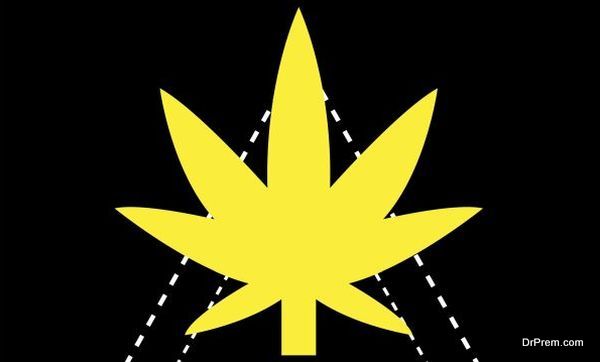In an era where security is paramount for businesses of all sizes, the integration of sustainable practices into security systems has emerged as a strategic advantage.
Sustainability in security cameras – particularly those that run independently on renewable energy sources, such as solar – improves not only safety but also operational efficiency and environmental stewardship. This means that as companies are adopting a more sustainable approach, investment in eco-friendly security solutions aligns with both corporate responsibility and consumer expectations.
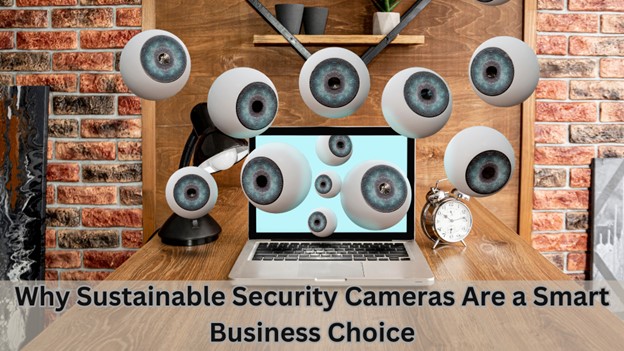
Source: Canva
Enhancing Corporate Reputation
In terms of today’s environmentally conscious market, there no longer are any advantages of sustainability to the bottom line than those immediately derived from the environment.
To maximize the reputational benefits of sustainable security cameras, businesses should actively promote their use in marketing materials and corporate social responsibility reports. Educating customers and stakeholders about the environmental benefits of these systems is crucial. Leveraging the adoption of sustainable technologies can also foster broader discussions about corporate environmental responsibility.
This approach not only highlights the company’s commitment to sustainability but also engages consumers and stakeholders in meaningful conversations about the company’s overall environmental impact.
Operational Efficiency and Cost Savings
When considering security cameras for business, it’s important to look beyond just their protective capabilities. The primary focus often lies on their protective features. However, sustainable security cameras present a compelling advantage through significant cost savings achieved via improved operational efficiency. Solar-powered security cameras lead the charge in this green revolution.
They harness solar energy, which can reduce or even eliminate electricity costs associated with traditional systems. Beyond solar power, energy-efficient technologies are transforming sustainable security cameras. This chip supports advanced analytics and AI-powered detection, crucial for effective live monitoring.
While the investment might be a bit higher at the beginning for sustainable security cameras, long-term savings are too great to pass unseen. Lower power consumption means lesser energy bills; not to mention fewer replacements and less electronic waste as a result of the durability of components used in their making.
Regulatory Compliance and Risk Management
As environmental regulations tighten, businesses must adapt to remain compliant and manage risks effectively. Sustainable security cameras offer a proactive approach to these challenges, especially for small businesses.
By adopting these systems now, companies can stay ahead of future regulations, avoiding costly last-minute upgrades or penalties. Sustainable security solutions often exceed current standards, which helps reduce compliance costs and minimize legal risks. Sustainable security cameras also bolster overall risk management.
Solar-powered systems ensure continuous operation during power outages, while advanced data handling capabilities help businesses adhere to data protection regulations. Moreover, using sustainable security systems demonstrates due diligence, providing evidence of a company’s commitment to environmental responsibility in audits or legal situations.
Integration with Smart Building Technologies
The true power of sustainable security cameras is fully realized when integrated with smart building technologies. This synergy not only enhances security but also contributes to overall building efficiency and resource management.
The Power of Integration
Integrating with Building Management Systems creates an ecosystem of sustainable security cameras that enhances building performance. This integration has several succulent benefits. It gives the ability to manage energy holistically, insomuch as the cameras provide data on occupancy and usage patterns to get better control of the HVAC and lighting systems.
For example, security events trigger an automatic response, maybe an adjustment of access controls or the alerting of personnel in case of an emergency. In addition, data-driven decisions are enhanced because the combination of data from both the security and building management systems provides valuable information for better operational decision-making.
AI-Powered Video Analytics
Artificial Intelligence is greatly enhancing security cameras’ power in live video surveillance, turning them into intelligent and more efficient devices. AI improves building efficiency by providing advanced features like occupancy detection, which accurately identifies and counts people in various areas, and helps manage space usage and energy.ment Systems creates an ecosystem of sustainable security cameras that enhances building performance.
Real-World Application: Smart Office Building
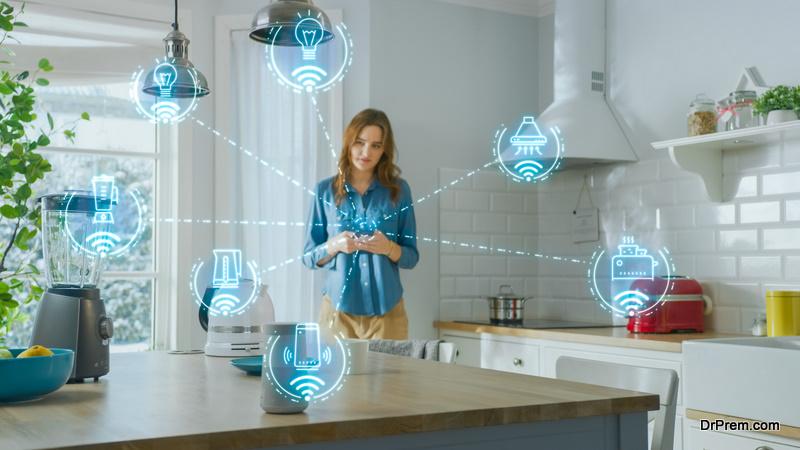
In a smart office building with integrated sustainable security cameras and a Building Management System (BMS), the system optimizes energy use and enhances security throughout the day. As employees arrive, the cameras detect increased occupancy and adjust lighting and temperature accordingly. During lunch hours, lower occupancy in certain areas prompts a reduction in lighting and HVAC usage.
Contribution to Environmental Protection
The environmental benefits of sustainable security cameras are as compelling as their business advantages. These eco-friendly systems play a significant role in reducing ecological footprints by addressing several key areas.
Eco-Friendly Materials and Manufacturing: It is not limited to energy consumption but goes beyond that. Some cameras are eco-friendly because they use non-toxic, recyclable materials and have reduced plastic content. Most manufacturers use metal or biodegradable casings and run production facilities on renewable energy to minimize waste generation.
Avert ecosystem impairment: selecting green security cameras prevents electronic waste and the harmful materials present in them from causing damage to various ecosystems. Moreover, such cameras reduce e-waste by being long-lasting and repairable; thus, the risk of developing landfill waste is reduced. In addition, green models avoid using dangerous substances like mercury and lead to prevent their deposition in soil and water.
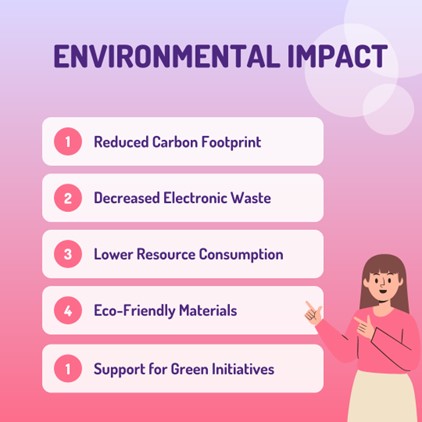
Source: Canva
Carbon Footprint Calculation
To understand the environmental impact, let’s compare the carbon footprint of traditional vs. sustainable security camera systems:
| Aspect | Traditional System | Sustainable System |
| Annual Energy Use | 1000 kWh | 400 kWh |
| CO2 Emissions (Energy) | 400 kg CO2e | 160 kg CO2e |
| Lifespan | 5 years | 8 years |
| Manufacturing Emissions | 200 kg CO2e | 150 kg CO2e |
| Total Lifecycle Emissions | 2200 kg CO2e | 1430 kg CO2e |
The Bigger Picture: Security and Sustainability
Sustainable security cameras offer far more than just surveillance—they merge security, efficiency, and environmental responsibility into one advanced solution. Businesses can achieve robust protection with these cameras, which match or exceed the security provided by traditional systems.
Energy efficiency in these systems aligns with sustainability objectives through massive reductions in power consumption, and durability secures their long-term viability and efficiency. To this end, education will be regarded as particularly important for the uptake of the system because the business has to be educated on the benefit of long-term operations, be taught how to use and maintain it and create awareness of its environmental impact.
Conclusion
But, moving towards such a solution, companies will be on the leading edge in terms of security and sustainability with the rise in the market of sustainable security solutions. As organizations invest in securing their assets with this technology, they ensure a greener future and pave the way for a secure, sustainable world.
FAQs
1. Why do businesses use security cameras?
Security cameras protect business assets, act as a criminal deterrent, and monitor operations. They improve safety by providing evidence in case of incidents, assistance in staff management, and ensuring conformance with safety security controls to help create a safer and more controlled environment.
2. What are the benefits of using CCTV in a security environment?
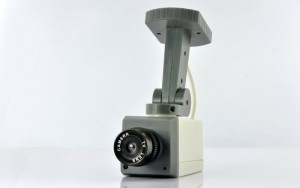
These camera systems offer real-time video surveillance, prevent crimes, and record evidence when further investigation is crucial. They increase safety through the monitoring of at-risk areas, quicken the response to incidents, and increase operational effectiveness by enabling remote access and management of security footage.
3. How to choose a security camera system for business?
In the selection of a surveillance camera system, consider variables such as resolution, view angle, and connectivity through options. Consider your specific needs for security cameras: whether it’s for monitoring certain areas or recording high-definition footage. The system has to be integrated into the present infrastructure and have reliable support and scalability.
Article by Community Writer.



